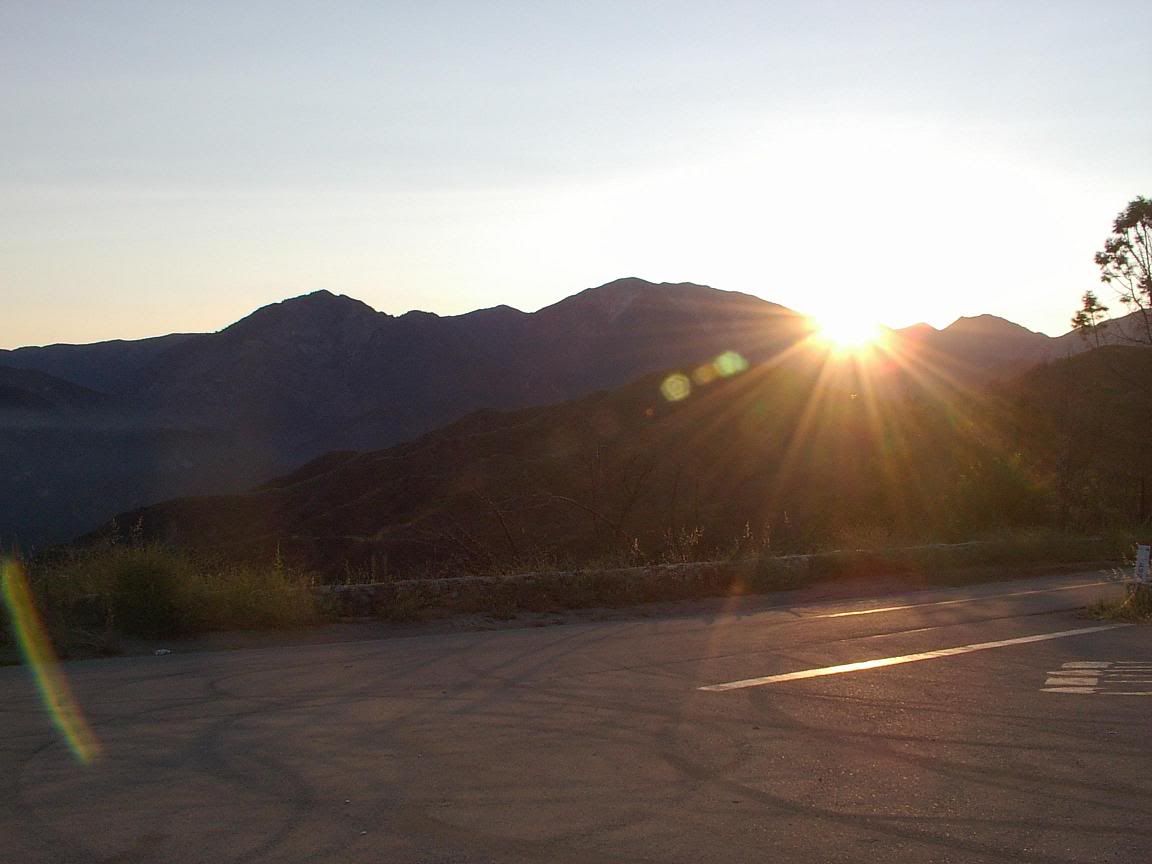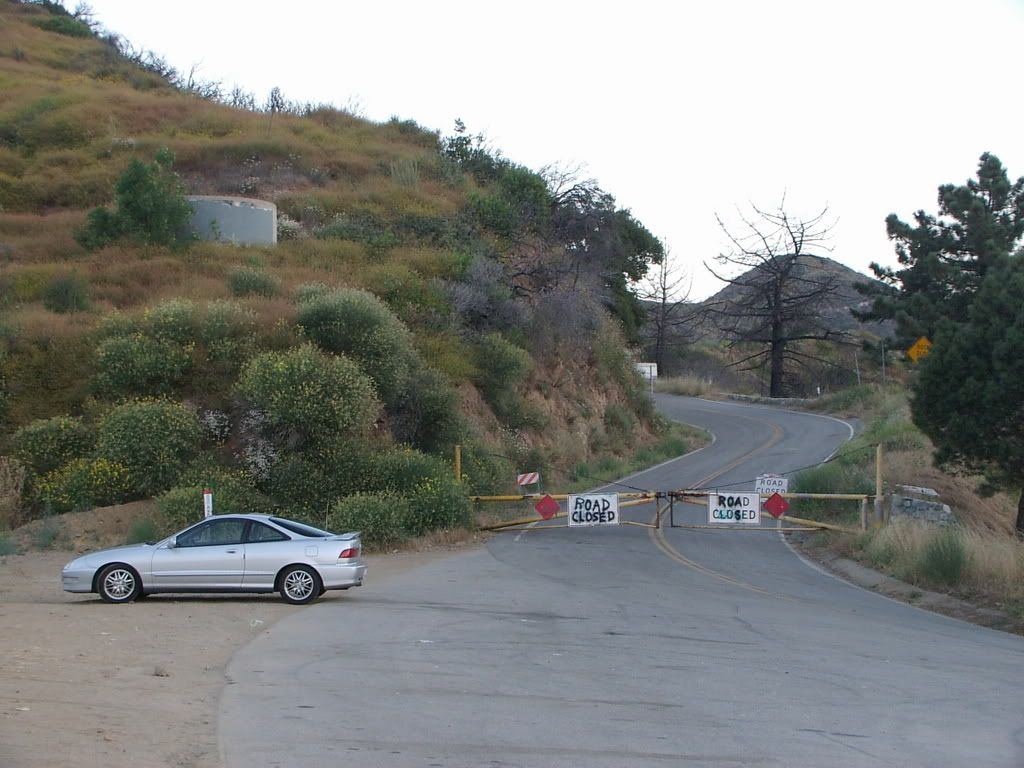
Ever since there have been cars, there has been different forms of auto racing. It’s not a surprise because people have raced on foot since the dawn of civilization. Nobody really knows how mountain racing began. However, the locations share a common design. The tour guide of the Lick Observatory on top of 
This very night, there are people driving as fast as they can on mountain tops. They’re racing for the peak, the base, an opponent in another car, or themselves. Some won’t stop until they start seeing morning traffic or the sun rise. Among these drivers, there is a mixed group of enthusiasts. There are the drifters who turn driving into an art form, the grip drivers who are concerned with competition and times, and the cruisers who just enjoy the drive. Some of these drivers extend beyond the mountain and perform at organized legal events. The drifters have their own events where they perform their high speed slides and are judged by a panel. Grip drivers can run road courses such as Horsethief Mile for lap times. There are autocross events that are in parking lots that many of the drivers and casual cruisers attend because it’s cheap and safe. All of these forms of legal events overlap in the drivers and styles. It’s common to find all these drivers on the same mountain pass.
Though very similar, the activity in the mountains should not be compared to the legal events that have spawned from it. The drivers share this common ground, but they don’t follow the same rules and precautions. The dangers that wait in the mountains are much greater than those on any of the mentioned events. The isolation, the time of day, visibility, weather, road conditions, road width, and opposing traffic are issues that face all of the mountain drivers. Accidents happen often up there. Some are minor guard rail kisses, while others end up in death. However, there are things some of these drivers fear more. Most of them know what they are doing is illegal, and every since the drifting boom in 2003, there have been police and rangers patrolling the mountains looking to catch people in the act. Other fears include injuring bystanders. These dangers and potential risks don’t deter people from driving.
Aside from all of these the events and styles that have derived from illegal mountain racing, not much is said about what drives the individual to participate in this dangerous activity. The reasons may be many, but of the three types of drivers that occupy these windy roads make up the majority, their reasons for driving are very different. What excites one group to push themselves and their cars to the limit may disgust another group. The vehicle setup and choices are different along with their attitude. Of the drifters, grip drivers, and cruisers, their motivation falls into two groups. There are those who are using this illegal activity as a stepping stone to get to a more legitimate form of motorsports. Then there are the others who don’t plan on ever setting foot on a track. To put it more simply, the drivers group into motorsports, hobbyists, and sometimes both. The level of competition varies throughout the groups, within and between them.
All of the drivers share the same road for different things. It’s not only personal gain that brings people up to the mountains. It could also be the recent media exposure. Drifting coverage has leaked into NASCAR, movies like Fast and the Furious: Tokyo Drift, and anime cartoons like Initial D. Even with all of the hype, the reason for driving up to the mountains and getting involved could be as simple as boredom. The influence isn’t nearly important as the motivation, the drive that keeps people there when others lose interest. That’s what keeps people coming back to the mountains, but no one has ever asked what it is.



